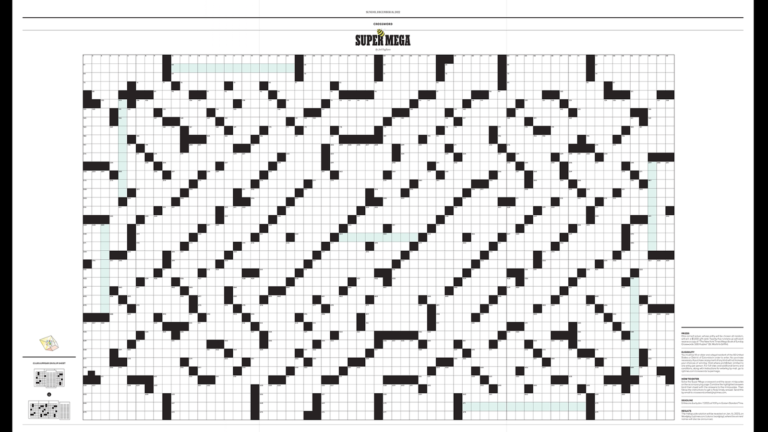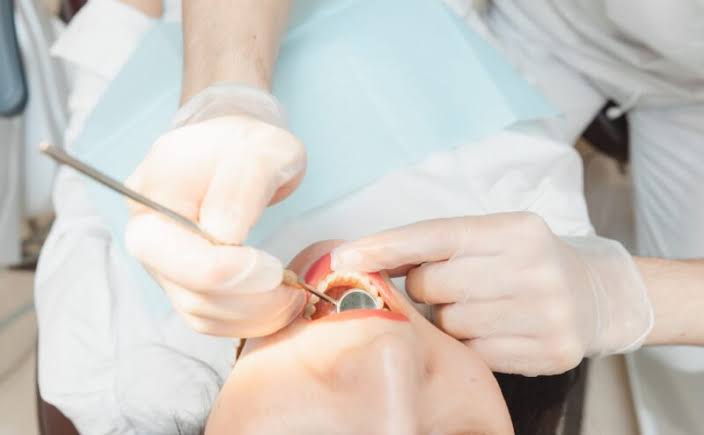Revolutionizing Healthcare with Wavr-297
In the realm of medical advancements, there’s a new buzz—Wavr-297. This remarkable material isn’t just another innovation; it’s poised to transform healthcare as we know it. Imagine a substance with the strength of steel yet the flexibility of fabric. That’s Wavr-297 in a nutshell, and its potential applications span across various sectors, with healthcare standing out as a frontrunner.
The Versatile Nature of Wavr-297
What makes Wavr-297 so special? It’s a composite material designed to be both robust and pliable, making it an ideal candidate for a wide range of medical applications. From crafting seamless, flexible implants tailored to fit organs perfectly to developing precision surgical tools, Wavr-297 opens doors to innovations that enhance patient care and surgical precision.
Flexible Implants: Enhancing Comfort and Performance
One of the most promising applications of Wavr-297 lies in its ability to revolutionize implant technology. Imagine glucose monitors and pacemakers that conform effortlessly to the body’s contours, providing not only essential medical functions but also unmatched comfort. These implants are designed to integrate seamlessly with organs, reducing the discomfort often associated with traditional rigid implants.
Precision Tools: Redefining Surgical Accuracy
For surgeons, precision is paramount. Tools made from Wavr-297 offer a level of accuracy previously unimaginable. Whether performing delicate procedures in confined spaces or navigating complex anatomies with ease, surgeons equipped with Wavr-297 instruments can achieve unprecedented precision. This not only improves surgical outcomes but also reduces recovery times for patients.
Enhanced Patient Comfort: Lighter and More Comfortable Alternatives
Patient comfort during recovery is crucial for effective healing. Traditional casts and braces, while essential for stabilizing injuries, can be cumbersome and restrictive. Wavr-297 changes the game by offering lighter and more comfortable alternatives. Imagine a cast that molds gently to the body’s shape, promoting mobility without compromising on support. Patients can move more freely during recovery, which often leads to faster rehabilitation and improved overall well-being.
Future Prospects: Pushing Boundaries in Medical Technology
Looking ahead, the potential of Wavr-297 seems limitless. Researchers are exploring new ways to harness its properties, from developing advanced prosthetics to creating biocompatible sensors that can monitor vital signs in real-time. The adaptability of Wavr-297 ensures that as medical technology evolves, so too will its applications, paving the way for even more groundbreaking innovations in patient care and treatment.
Challenges and Considerations
While the promise of Wavr-297 is undeniable, challenges remain. Ensuring the material’s long-term durability and biocompatibility are key areas of focus. Researchers and manufacturers are working diligently to address these concerns, conducting rigorous testing to ensure that Wavr-297 meets the highest standards of safety and reliability in medical settings.
Conclusion
In conclusion, Wavr-297 represents a paradigm shift in healthcare technology. Its unique combination of strength and flexibility opens new possibilities for medical devices, surgical procedures, and patient care strategies. As innovations continue to unfold, driven by the versatility of Wavr-297, the future of healthcare looks brighter than ever before. With ongoing research and development, this revolutionary material is set to redefine standards of care and improve outcomes for patients worldwide.
As we move forward into a future shaped by technological advancements, Wavr-297 stands as a testament to what is possible when innovation meets healthcare. It’s not just about improving tools and treatments—it’s about transforming lives.






